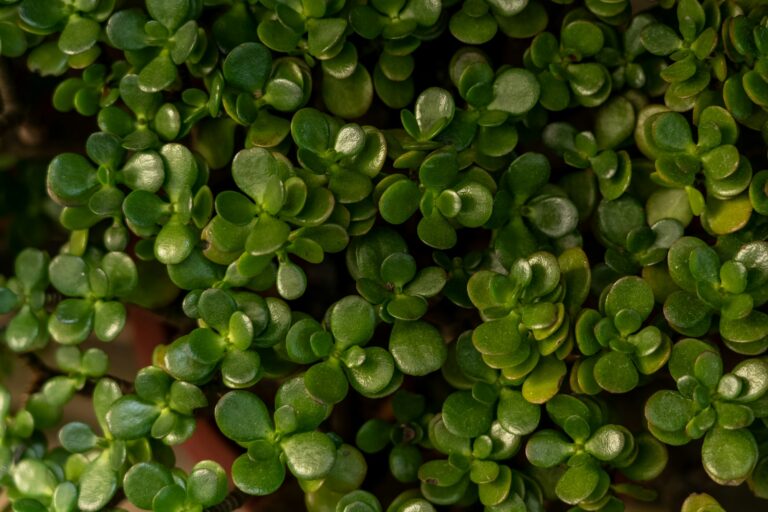Harnessing the Power of Streptomyces lydicus to Combat Fungal Plant Diseases

The world beneath our feet is teeming with life, with a multitude of organisms engaged in an intricate dance of survival. In this underground microcosm, the battle for existence unfolds through cunning strategies and the production of powerful chemicals.
Amidst this soil-based drama, one group of organisms stands out for its remarkable abilities – the genus Streptomyces. Renowned for their production of antibiotics, these microbes are formidable competitors in the soil ecosystem.
While their contributions to modern medicine are well recognized, with more than two-thirds of today’s antibiotics originating from Streptomyces, their role in agriculture is equally significant. These organisms have emerged as valuable allies in the fight against plant pathogens.
Among the diverse species within the Streptomyces genus, Streptomyces lydicus is a standout performer. This ubiquitous soil microbe has been extensively studied for over five decades, with one particular strain, WYEC 108, demonstrating exceptional prowess in combating root rot fungi and leaf pathogens such as rust and gray mold.
In this comprehensive guide, we will delve into the mechanisms behind the efficacy of this microbial powerhouse and provide you with practical insights on its application in your garden.
Unveiling the Secrets of Streptomyces lydicus
From the Fields of England to Commercial Applications
Originating from an agricultural field in England, Streptomyces lydicus strain WYEC 108 has earned its reputation as a potent pathogen antagonist. These bacteria exhibit a remarkable affinity for colonizing plant roots, thriving in the nutrient-rich environment known as the rhizosphere.
As active members of the rhizosphere community, these microbes play a vital role in promoting plant health. Through a symbiotic relationship with their host plants, they aid in nutrient uptake and bolster plant defenses, earning them a coveted position among plant-growth promoting rhizobacteria (PGPR).
The commercial formulation of WYEC 108, marketed as Actinovate, has garnered acclaim for its efficacy in controlling pathogens on ornamental plants, greenhouse crops, nursery stock, and turf.
Decoding the Strategy: How Streptomyces lydicus Thwarts Fungal Pathogens
The success of Streptomyces lydicus in combating fungal pathogens lies in its multifaceted approach to disease control. This versatile organism deploys several mechanisms to outmaneuver its fungal adversaries:
- Parasitism: By producing the enzyme chitinase, Streptomyces lydicus targets the chitinous cell walls of fungi, weakening their defenses and rendering them susceptible to parasitic attacks.
- Nutrient Deprivation: Through the secretion of siderophores, iron-binding compounds, WYEC 108 effectively sequesters essential nutrients like iron, starving competing fungi and inhibiting their growth. Meanwhile, plants can access this iron source, further enhancing their vitality.
A Formidable Foe for Fungal Pathogens
Actinovate, powered by Streptomyces lydicus, demonstrates remarkable efficacy against a spectrum of fungal pathogens that afflict plants:
- Soil-Borne Pathogens: Fusarium, Pythium, Phytophthora, Rhizoctonia, Sclerotinia, Verticillium, and Geotrichum.
- Leaf-Dwelling Pathogens: Powdery mildew, downy mildew, Botrytis, fire blight, rusts, bacterial spot, and black spot.
Applying Streptomyces lydicus: Your Guide to Effective Usage
Dispelling Myths: Safety of Streptomyces lydicus
Contrary to misconceptions, Streptomyces lydicus is deemed safe for human exposure, with widespread prevalence in soil ecosystems. Extensive studies have confirmed its non-toxic, non-pathogenic, and non-irritating nature, ensuring minimal impact on non-target organisms.
Moreover, in regulatory evaluations conducted by agencies like the Environmental Protection Agency (EPA), S. lydicus has been deemed environmentally safe, with no adverse effects on beneficial insects.
Best Practices for Application
- Formulation: Actinovate is available in a water-soluble powder format for ease of application.
- Dosage: Follow the recommended instructions for dosing, with typical guidelines suggesting one gallon per cubic foot of soil mix.
- Application: Apply Actinovate as a drench to turf grass or potted plants, or mix it into the soil. For foliar application, spray the leaves every 7-14 days, ensuring comprehensive coverage.
- Frequency: Regular application is key to maintaining protection, with reapplication intervals varying based on the severity of the infection.
- Storage: To preserve the efficacy of Actinovate, store it in its original packaging in a cool, dry place, away from direct sunlight.
Embrace the Protective Power of Streptomyces lydicus
In harnessing the potent capabilities of Streptomyces lydicus, gardeners gain a valuable ally in the fight against fungal pathogens. By incorporating Actinovate into their plant care regimen, they can safeguard their beloved plants from a host of diseases while promoting overall plant health.
As you embark on your journey with Actinovate, remember the principles of safe application and consistent usage to maximize its benefits. Join the ranks of gardeners who have witnessed the transformative impact of Streptomyces lydicus in their gardens, and share your experiences with us in the comments below.
In your quest for organic disease control solutions, explore the enchanting world of biofungicides through our curated guides:
- Controlling Pathogens With Organic Biocontrol Agent Bacillus amyloliquefaciens
- Controlling Plant Pathogens With the Biofungicide Bacillus subtilis
- Trichoderma Improves Plant Growth and Kills Fungal Pathogens
Remember, a thriving garden begins beneath the surface, where the unseen warriors like Streptomyces lydicus wage their silent battles. Embrace the transformative power of biofungicides and witness your garden flourish under their protective shield. Let nature’s arsenal of allies guide your journey toward a greener, healthier garden landscape.
🌿🌱🍃
© ExpandingHorizons, LLC. ALL RIGHTS RESERVED. Consult our TOS for additional details. Images sourced from CDC/Dr. David Berd (PHIL #2983), 1972. Product imagery courtesy of Novozymes.





